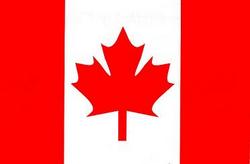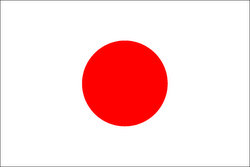
Researchers in Canada have found that patients receiving acupuncture for lower back pain, are less likely subsequently to re-visit their GP for the problem, thus saving on healthcare costs.
The study examined 201 cases in which lower back pain was treated with acupuncture, and compared these with 804 controls, all drawn from acupuncture clinic and physician’s patient records in Alberta. Comparing the one year period pre-acupuncture with the one year post-acupuncture, physician visits by patients in the acupuncture group, decreased by 49%, whereas in the comparison group, the equivalent figure was only 2%. This flowed through into healthcare cost reductions of 37% for the acupuncture group, and 1% for the comparison group.
(Reduced Health Resource Use after Acupuncture for Low-Back Pain. Journal of Alternative & Complementary Medicine, Nov 2011.)

 Researchers in Japan have found acupuncture to be superior to the injection of local anaesthetic for the treatment of lower back pain. Twenty-six patients were randomly allocated to receive either acupuncture or local anaesthetic injection at two to five of the most painful points on the lower back, once per week for four weeks. Both groups experienced pain relief, but acupuncture provided significantly more pain relief at all time points measured, including at two and four weeks after completion of treatment.
Researchers in Japan have found acupuncture to be superior to the injection of local anaesthetic for the treatment of lower back pain. Twenty-six patients were randomly allocated to receive either acupuncture or local anaesthetic injection at two to five of the most painful points on the lower back, once per week for four weeks. Both groups experienced pain relief, but acupuncture provided significantly more pain relief at all time points measured, including at two and four weeks after completion of treatment.  An audit of almost 6000 patients who attended a pain clinic in Spain over a nine year period, revealed an average success rate of 79.7%. For the audit, “success” was defined as an improvement of at least 50% in five factors: pain intensity, pain frequency, consumption of painkillers, level of incapacity, and sleep disturbance.
An audit of almost 6000 patients who attended a pain clinic in Spain over a nine year period, revealed an average success rate of 79.7%. For the audit, “success” was defined as an improvement of at least 50% in five factors: pain intensity, pain frequency, consumption of painkillers, level of incapacity, and sleep disturbance.